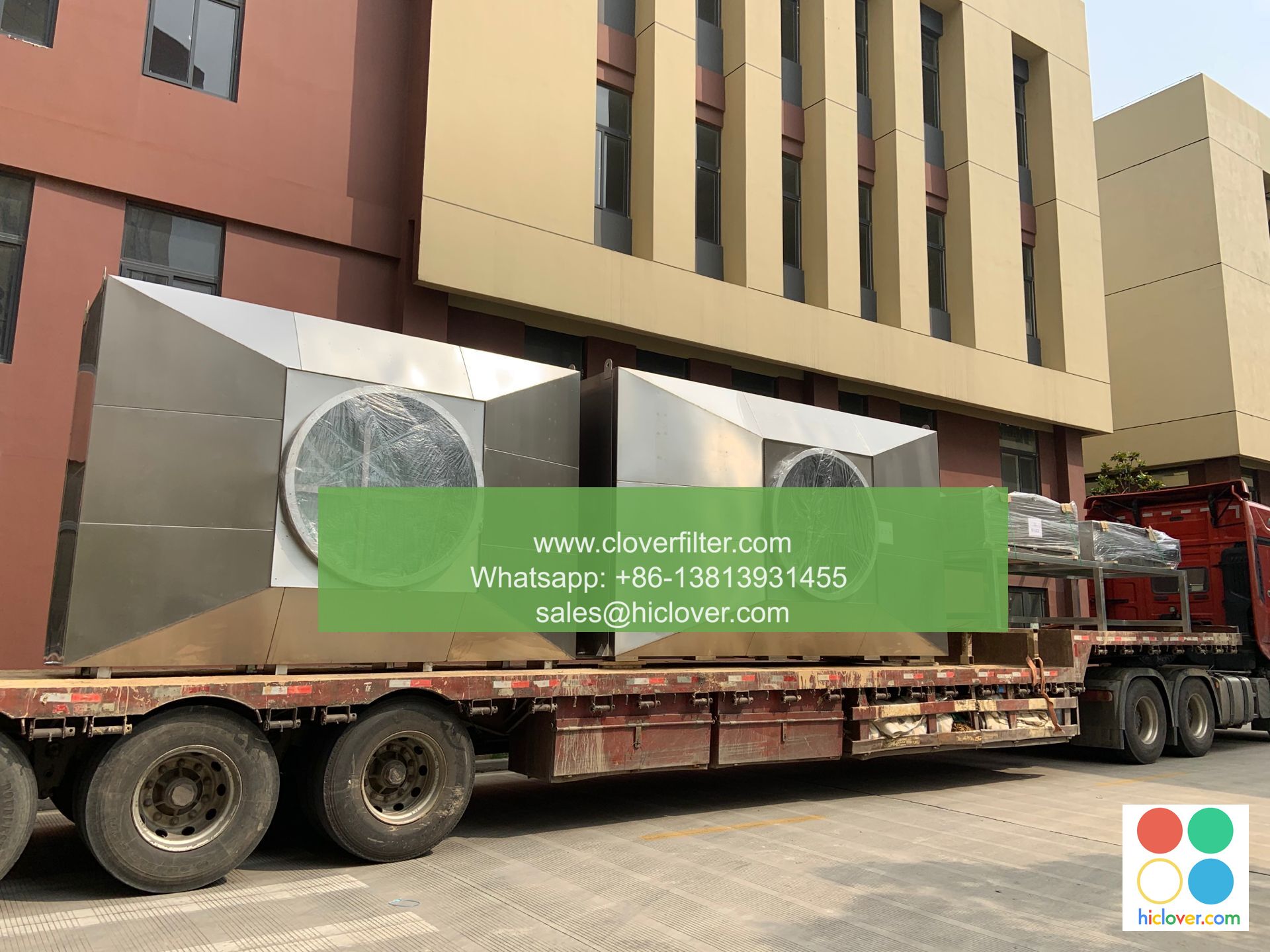Understanding the Different Sizes of Air Filters

Understanding the Different Sizes of Air Filters: A Comprehensive Guide
Introduction
Air filters are an essential component in various industries, including HVAC, automotive, and industrial applications. One of the crucial factors to consider when selecting an air filter is its size. In this article, we will explore the different sizes of air filters, their applications, and the factors to consider when choosing the right one for your needs.
Standardized Filter Sizes
Air filters come in a range of sizes, each designed to fit specific applications. The most common standard sizes are:
- 1-inch filters: These are the most widely used sizes and are suitable for standard residential and commercial HVAC systems.
- 2-inch filters: These are larger than 1-inch filters and are often used in commercial and industrial settings, particularly where higher airflow rates are required.
- 4-inch filters: These are the largest standard size and are typically used in industrial settings, such as large HVAC systems, power generation, and processing plants.
- CARTRIDGE FILTERS: These are used in industrial and commercial settings where larger air volumes need to be filtered. They are typically used in conjunction with heating and cooling systems.
- ROOF-TOP FILTERS: These are designed for use on rooftop HVAC units and are often larger than standard filters to accommodate the increased airflow rates required by these units.
- MERV FILTERS: These are designed for use in commercial and industrial settings where higher efficiency air filtration is required. They are available in a range of sizes, including 2-1/2, 5, and 8-inch diameters.
- Airflow Rate: Choose a filter with an airflow rate that matches your system’s requirements.
- System Size: Select a filter that is designed for your system’s size to ensure proper fit and filtration performance.
- Filter Efficiency: Choose a filter with the appropriate level of efficiency for your application. MERV ratings range from 1-16, with higher ratings indicating higher efficiency.
- Temperature and Humidity: Consider the temperature and humidity levels in your application, as these can affect filter performance.
- HVAC Systems: Residential and commercial heating, ventilation, and air conditioning systems rely on air filters to remove contaminants and improve indoor air quality.
- Automotive Systems: Air filters are used in vehicles to clean the air and improve engine performance.
- Industrial Applications: Air filters are used in various industrial settings, including power generation, processing plants, and manufacturing facilities.
- Medical Environments: Air filters are used in medical settings to remove contaminants and improve air quality, particularly in hospitals, clinics, and laboratories.
Specialty Filter Sizes
In addition to standard sizes, there are several specialty sizes used in specific applications:
Factors to Consider When Choosing the Right Filter Size
When selecting an air filter, there are several factors to consider to ensure you choose the right size for your application:
Key Application Areas
Air filters are used in a wide range of industries and applications, including:
Conclusion
Understanding the different sizes of air filters and choosing the right one for your application is crucial for maintaining indoor air quality, improving system performance, and reducing energy consumption. By considering factors such as airflow rate, system size, filter efficiency, and temperature and humidity levels, you can select the perfect filter for your needs. Whether you’re in the HVAC, automotive, or industrial industries, knowing the ins and outs of air filters will help you make informed decisions and ensure optimal system performance.
I’m here to help! What’s the prompt you’d like me to assist you with? Do you have a specific question, topic, or task in mind?

